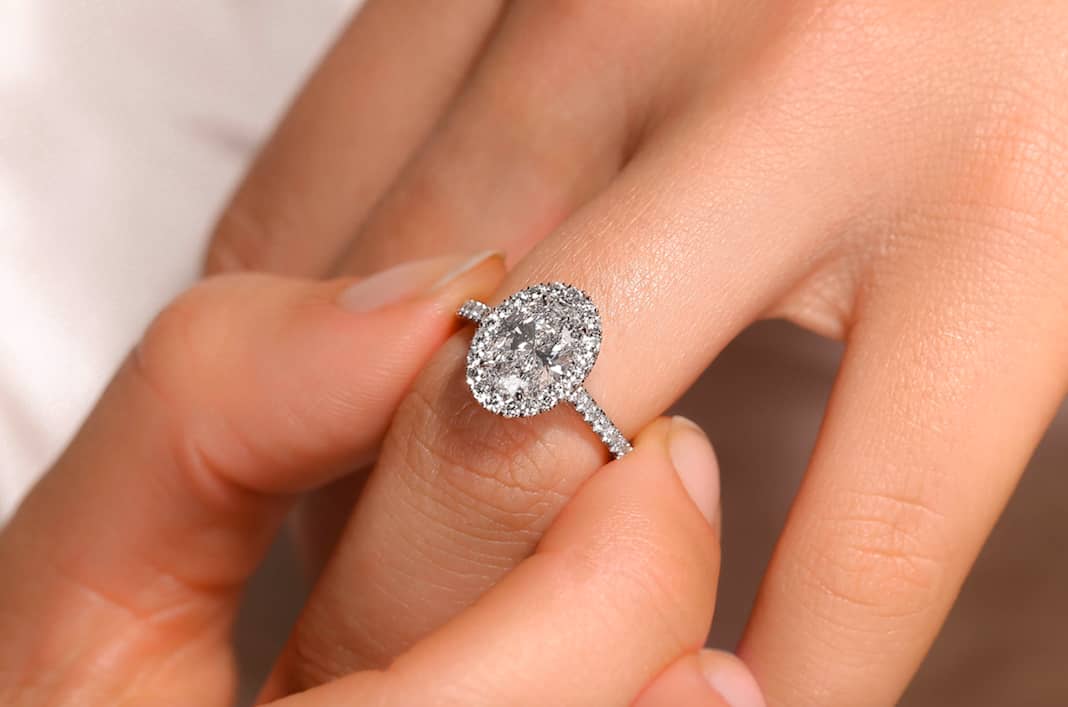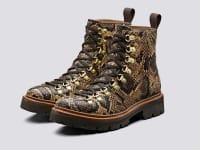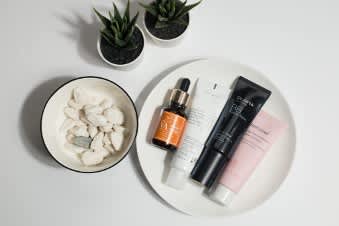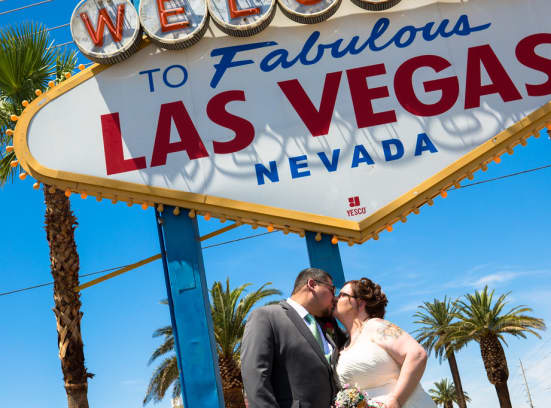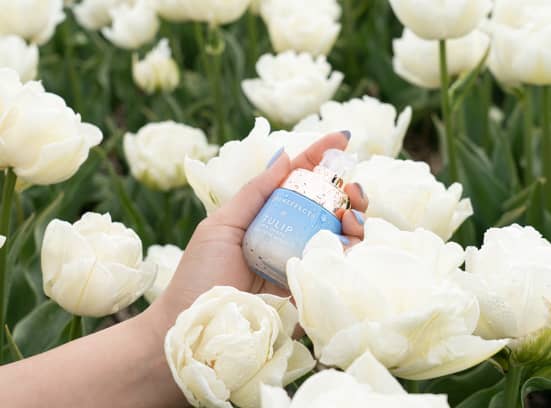The buzz surrounding lab-grown diamonds is growing – these man-made alternatives to traditional diamonds are soaring in popularity and we’ve got questions: what are they made of, what’s the difference between a lab-grown diamond and cubic zirconia and do they count as ‘real’ diamonds?
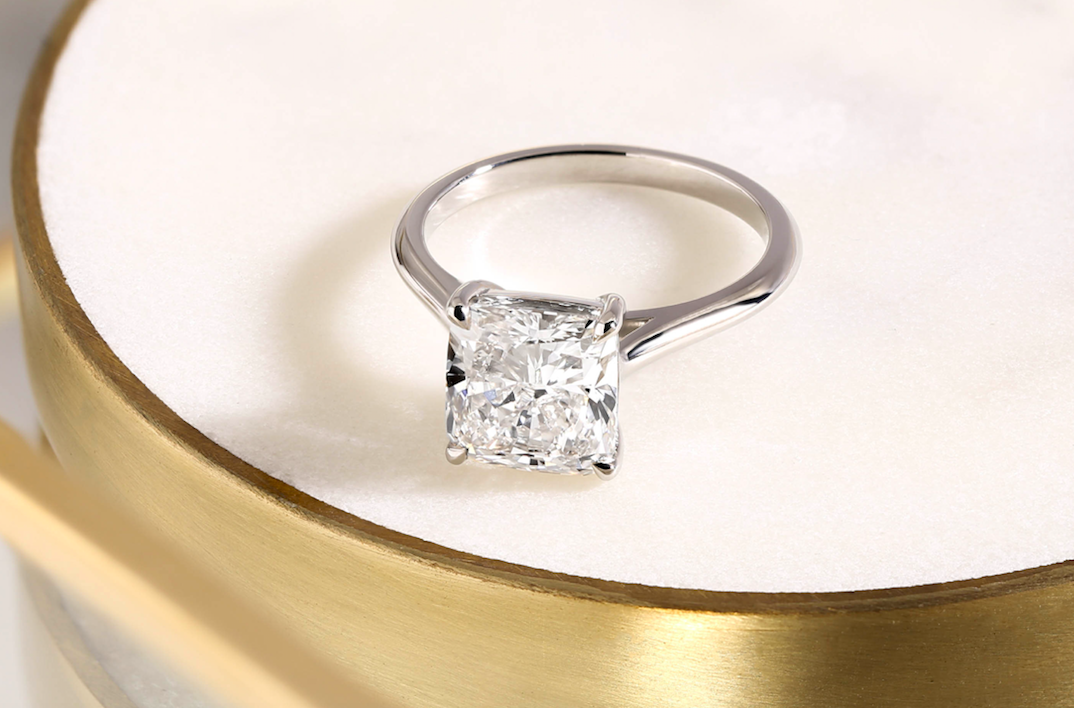
A quick Google gives some broad-brush answers: they’re made from carbon (same as a natural diamond), their molecular make-up means they are incomparable with cubic zirconia and yes, they 100% count as real. Wanting to know more, we asked Queensmith’s gemologists to unpack exactly what lab-grown diamonds are, the benefits and potential pitfalls of buying one, and whether lab diamonds could be the right choice for your engagement ring, wedding jewellery or modern heirlooms.
What are Lab Diamonds?
Chemically, physically and optically identical to natural diamonds, lab diamonds are created in an artificial laboratory setting that mimics the natural process that causes diamond creation. In nature, diamonds are formed in the Earth’s mantle over hundreds of millions of years, where intense heat and pressure cause graphite molecules to crystalise, until a diamond is formed. In the lab, a miniscule slice of diamond or pure graphite is subjected to similar conditions – only the process of creation takes as little as one week.
Can you Tell Lab Diamonds and Natural Diamonds Apart?
No one would be able to tell a lab and natural diamond apart from appearance alone – even a trained gemologist at the top of their game. Specialist laboratory equipment can decipher whether a diamond has been created in a laboratory, but essentially there is no physical difference: a lab diamond will shine just as lustrously and brightly as a mined diamond!
The Price of Lab-Grown Diamonds
Thanks to the efficiency of their production, lab-grown diamonds retail at prices around 50-60% lower than mined diamonds. As with natural diamonds, the price of a lab-grown diamond depends on a number of factors – cut, colour, clarity, and crucially, carat weight. Lab diamonds can cost anywhere between £400 to over £100,000, the price mainly driven by carat weight. Carat-for-carat, you can expect a lab diamond to cost around half the price of an otherwise identical natural diamond – so if the size of your diamond is important, or if you’re aiming for a particular carat size whilst sticking to a tight budget, consider a lab diamond.
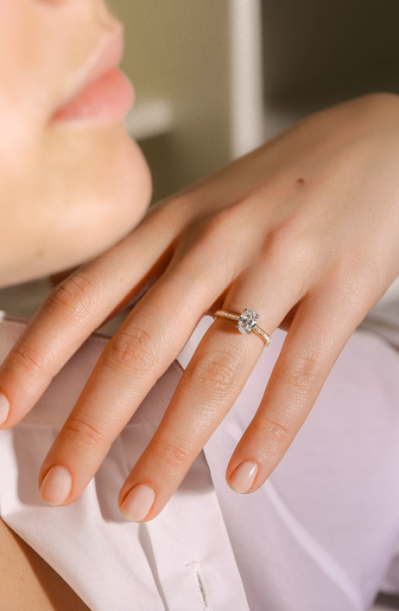
Are Lab Diamonds an Ethical Choice?
It is now extremely rare that any diamond bought from a reputable jeweller in the UK would have unethical origins. The UN’s Kimberley Process is an initiative dedicated to realising a wholly conflict-free diamond trade, and has now successfully eradicated over 99.8% of blood diamonds from global trade. Meanwhile jewellers, like Queensmith, make it our mission to only source diamonds from the most trusted, reputable and transparent suppliers – whether lab-grown or mined.
That aside, there is an undoubted assurance that every lab-grown diamond has ethical origins, produced via fair labour. In terms of land use, lab diamonds are far less disruptive as there is no need for mining; but you may want to consider the benefits that legitimate mining industries have for communities, including improved infrastructure, education programmes and bustling economies.
Are Lab Diamonds Certified?
Lab diamonds are certified in the same way natural diamonds are, and their certificate will acknowledge that they were produced in a lab rather than mined. When you buy a diamond, lab created or not, you should only consider certified diamonds. Choose a lab diamond certified either by the GIA or IGI – the world’s most reputable grading laboratories. Rather than provide a grade to the colour and clarity of lab diamonds, as they would natural diamonds, the GIA provide descriptive identifying terms or ranges, for example ‘D - F colour’. Many prefer to opt for IGI graded lab diamonds, as they provide specifying grades, as you’d expect of a natural diamond.
Are there Negatives to Buying a Lab Diamond?
Lab diamonds can be divisive; both ethical and economical, the choice is a no-brainer for some – whilst others seek the romance and tradition of something that was formed by nature over millions of years. While jewellery and diamond experts recognise lab diamonds as authentic, real diamonds, it comes down to personal preference.
The future value of lab diamonds is uncertain. Some industry experts project they won’t retain their value for years or decades to come, as natural diamonds do. But how important is the future value of your diamond? The likelihood is this is a one-off, treasured purchase that you won’t part with.
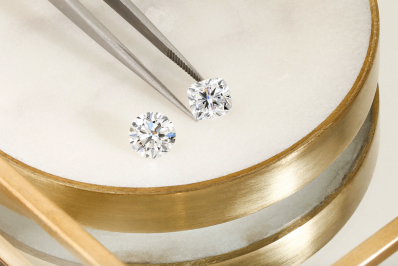
Authored by Eddi Norris, Senior Gemologist & Design Consultant
Queensmith is a Hatton Garden jeweller specialising in engagement and wedding jewellery. They craft each piece of jewellery to order, in-house, allowing clients to select their own diamonds or gemstones and create truly personal, custom heirlooms.
Queensmith’s Tip on Finding the Best Lab Grown Diamond
Finding the best lab grown diamond bears little difference to choosing a natural diamond: look at the ‘4Cs’, the four most defining characteristics of the diamond. A large but poorly cut or yellowish diamond can appear dull and lack lustre. High cut and colour grades will enhance the size of the stone. Our gemmologists always advise the optimum grades for beauty and value for money are excellent cut, D to F colour, VS2 to SI1 clarity. Connect with a gemologist for more expert advice and to begin your diamond search for the perfect modern heirloom.

